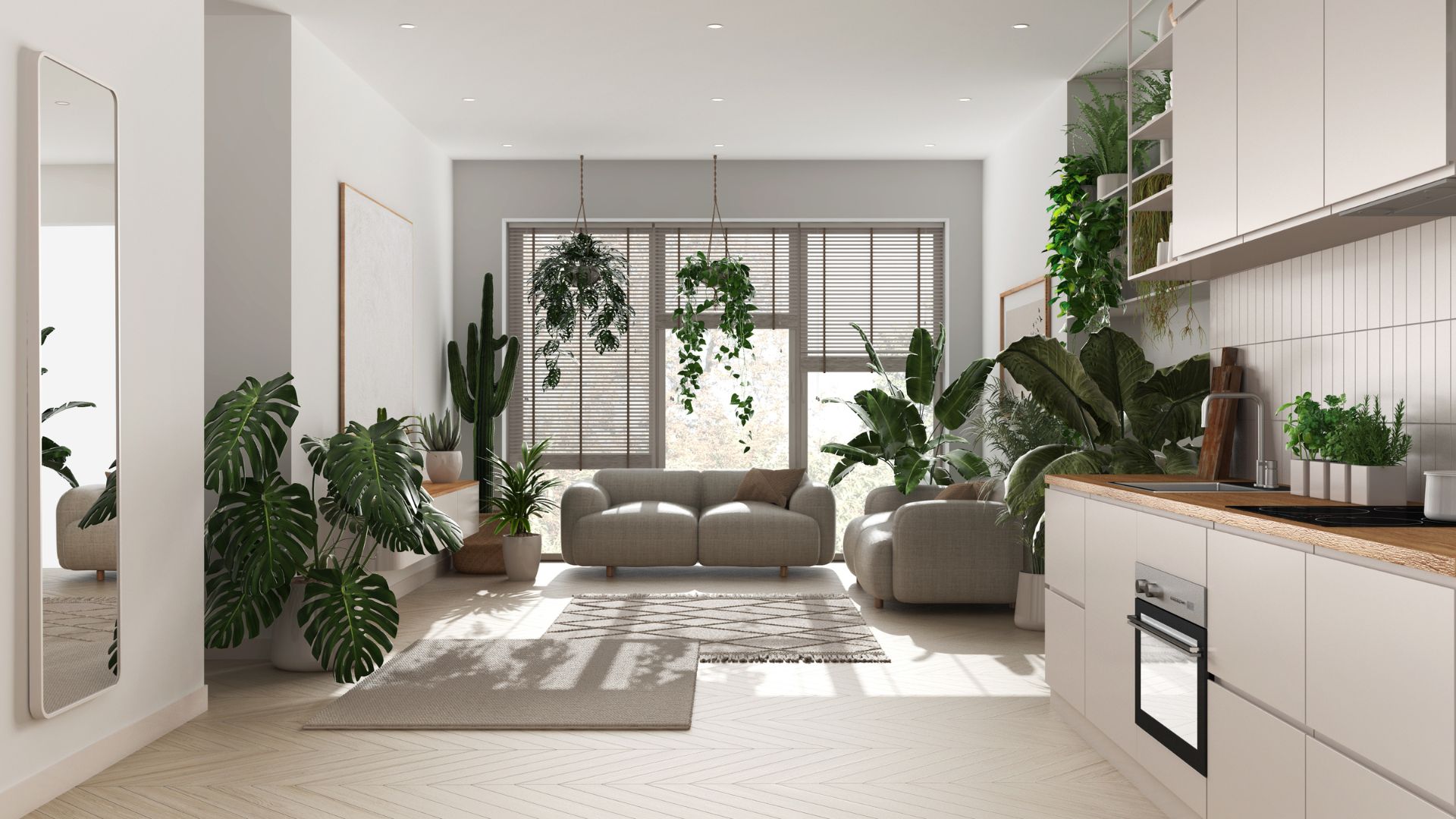Interior Plant Design
The Importance of Green Spaces
Green spaces, synonymous with vitality and health, bear significant weight in interior plant design. Integral to these green spaces, plants, for example, Monstera and succulents, revive any interior with harmony and balance. Breathing life into homes and workplaces alike, they forge an oasis amidst a brick-and-mortar world. Citing numerous studies, plants not only elevate aesthetic appeal but also enhance mental well-being, leaving inhabitants more productive, happier, and healthier. Isn’t it fascinating how a plant can boost your mood and purify the air you breathe?
Maintaining a green space requires consistent care and nurturing. However, the resultant serene environment makes it quite a worthy endeavor.
Key Elements to Consider
First and foremost, understanding light requirements is critical. Different plants thrive in varying light levels –some need ample sunlight while others do well in low light conditions.
- Understand the space: Analyze the available space, like shelf-tops and corners, making sure the plant size complements it.
- Select suitable pots: Pots hold aesthetic value too. Select a pot that complements both your plant and the surrounding decor.
- Soil type and quality: Different plants require different soils to thrive – from sandy, loamy to clayey.
- Think about your routine: If you’re frequently away, opt for plants that don’t require daily watering.
- Harmonize with existing decor: Align the plants with existing color schemes and textures thus ensuring they enhance the interior.
In essence, interior plant design is an art and a science that seeks to harmonize natural elements with man-made spaces, proving beneficial for both mental health and visual aesthetics.
Popular Plants for Indoor Environments
In the engaging world of interior plant design, choice of plants plays an integral role. Here, we focus on the top picks for indoor environments, geared towards ease of maintenance and aesthetic impact.
Low Maintenance Options
Sprucing up the interior environment feels effortless with low maintenance plants. Succulents, for instance, known for their hardy nature and unique forms, undoubtedly make the cut. Snake plants (Sansevieria) join the race with their striking vertical leaves and adaptability to different lighting conditions. Moreover, ZZ plants, chosen for their high tolerance to neglect, exude a rich green hue, pumping a dose of vitality into the space. Pothos, distinguished by their heart-shaped leaves, allow an air of casual elegance to seep into the ambiance, whilst demanding minimal attention.
High Impact Choices
When eye-catching design elements are the goal, high impact choices mesmerize. Adding Monstera Deliciosa to the list of top-draw plants stems from its ability to infuse tropical vibes into indoor settings with its unique fenestrated leaves. Tall and timeless Fiddle Leaf Figs dominate spaces, thanks to their vibrant, large-scale leaves. Employing robust Areca Palms can generate a panoramic green view, effectively articulating a sense of calm and tranquility.
Sustainable Practices in Interior Plant Design
Shifting towards sustainability isn’t just about the plants themselves. It encompasses elements like the choice of planters and the practices surrounding their care. Let’s look at a couple of key areas where sustainability directly intersects with interior plant design.
Choosing Eco-Friendly Planters
Opting for eco-friendly planters represents a core aspect of sustainable interior plant design. Gone are the days when the only choices were plastic or ceramics. Nowadays, planters come in a variety of sustainable materials. Experimenting with options like biodegradable pots, made from natural fibers such as bamboo or coconut coir, embraces environmentally friendly practices.
Consider materials like recycled glass or metal, which offer a modern aesthetic while being sustainable. Old wooden crates, often found at yard sales or flea markets, repurposed into rustic planters, effectively reuse materials and reduce needless waste.
Our discussion on sustainable practices has shown us that it’s possible to create stunning interiors while respecting our planet. From eco-friendly planters to water conservation, we’ve learned that every choice we make can contribute to a greener lifestyle.
